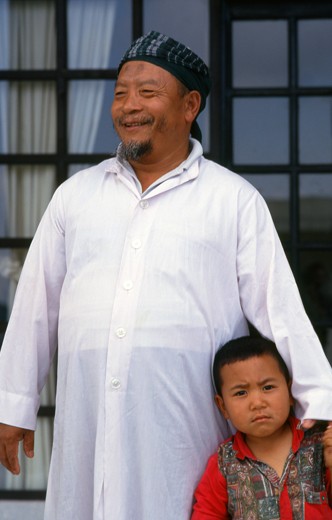Features on Asian Art, Culture, History & Travel
Archives
Archives > THAILAND > Chin Haw

Chin Haw
Thailand’s Chinese "Hill Tribe"
SEE RELATED IMAGES @ PICTURES FROM HISTORY
Many guidebooks and travel agents describe the Chin-Haw as Thailand's "Chinese Hill Tribe". In fact these hardy Yunnanese traders who live amongst the Hill People and dominate much of their commerce are Chinese migrants who came to Thailand overland, rather than by the more usual overseas route. Their dialect of Yunnanese Mandarin has become a lingua franca in the hills, and through a remarkable combination of astuteness and experience of the outside world they have become the financial and cultural middlemen of the northern hills.
The Yunnanese themselves dislike the Thai term "Chin Haw", which they say is meaningless and misleading. In ethnic terms they are divided, more or less evenly, between Hui Muslims and Han Buddhists. Many of the Hui trace their arrival in the Sino-Thai borderlands to the failure of the great Yunnanese Muslim rebellion in 1878. The Han are often more recent arrivals, refugees from war and revolution during the warlord era, or more particularly Kuomintang troops and their descendants who fled to Burma and Thailand following the communist seizure of power in Mainland China during 1949.
Whether Han or Hui, these hardy Chinese migrants are certainly not a "Hill Tribe", and they resent the implication. They are, however, very definitely an integral and important part of Hill Tribe life throughout Northern Thailand. Both the lowland Thais and the broader "Overseas Chinese" community are rather in awe of them, considering them - not entirely inaccurately - hardy frontiersmen. As a result of this they are often cast as ‘hard men' in local movies!
SEE MORE CHIN HAW IMAGES @ PICTURES FROM HISTORY
Text by Andrew Forbes; Photos by David Henley & Pictures From History - © CPA Media
